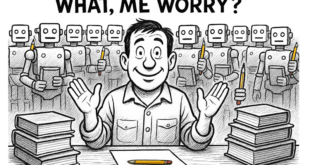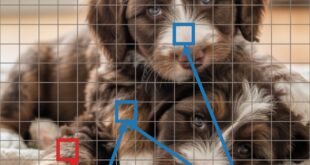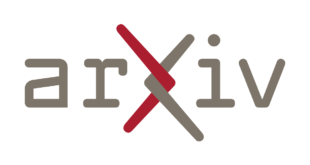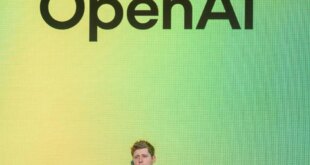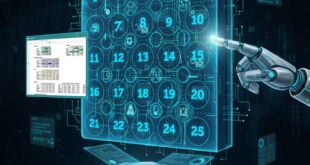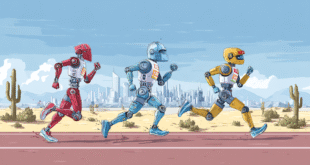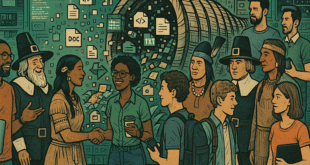Three years ago, ChatGPT was born. It amazed the world and ignited unprecedented investment and excitement in AI. Today, ChatGPT is still a toddler, but public sentiment around the AI boom has turned sharply negative. The shift began when OpenAI released GPT-5 this summer to mixed reviews, mostly from casual users who, unsurprisingly, judged the system by its surface flaws …
Read More »Fashion
Do Labels Make AI Blind? Self-Supervision Solves the Age-Old Binding Problem
paper from Konrad Körding’s Lab [1], “Does Object Binding Naturally Emerge in Large Pretrained Vision Transformers?” gives insights into a foundational question in visual neuroscience: what is required to bind visual elements and textures together as objects? The goal of this article is to give you a background on this problem, review this NeurIPS paper, and hopefully give you insight …
Read More »[2501.18183] Decentralized Projection-free Online Upper-Linearizable Optimization with Applications to DR-Submodular Optimization
[Submitted on 30 Jan 2025 (v1), last revised 1 Dec 2025 (this version, v2)] View a PDF of the paper titled Decentralized Projection-free Online Upper-Linearizable Optimization with Applications to DR-Submodular Optimization, by Yiyang Lu and 2 other authors View PDF HTML (experimental) Abstract:We introduce a novel framework for decentralized projection-free optimization, extending projection-free methods to a broader class of upper-linearizable …
Read More »[2511.04638] Addressing divergent representations from causal interventions on neural networks
[Submitted on 6 Nov 2025 (v1), last revised 30 Nov 2025 (this version, v4)] View a PDF of the paper titled Addressing divergent representations from causal interventions on neural networks, by Satchel Grant and 3 other authors View PDF HTML (experimental) Abstract:A common approach to mechanistic interpretability is to causally manipulate model representations via targeted interventions in order to understand …
Read More »OpenAI’s investment into Thrive Holdings is its latest circular deal
OpenAI is taking an ownership stake in Thrive Holdings, whose parent company is one of the AI giant’s major investors, Thrive Capital. Thrive Holdings operates like a private equity firm for AI, rolling up companies that it believes could benefit from the tech in sectors like accounting and IT services. Neither company disclosed the terms of the deal, but it …
Read More »The Machine Learning and Deep Learning “Advent Calendar” Series: The Blueprint
, it is very easy to train any model. And the training process is always done with the seemingly same method fit. So we get used to this idea that training any model is similar and simple. With autoML, Grid search, and Gen AI, “training” machine learning models can be done with a simple “prompt”. But the reality is that, …
Read More »Anthropic says it solved the long-running AI agent problem with a new multi-session Claude SDK
Agent memory remains a problem that enterprises want to fix, as agents forget some instructions or conversations the longer they run. Anthropic believes it has solved this issue for its Claude Agent SDK, developing a two-fold solution that allows an agent to work across different context windows. “The core challenge of long-running agents is that they must work in discrete …
Read More »What to be thankful for in AI in 2025
Hello, dear readers. Happy belated Thanksgiving and Black Friday! This year has felt like living inside a permanent DevDay. Every week, some lab drops a new model, a new agent framework, or a new “this changes everything” demo. It’s overwhelming. But it’s also the first year I’ve felt like AI is finally diversifying — not just one or two frontier …
Read More »A weekend ‘vibe code’ hack by Andrej Karpathy quietly sketches the missing layer of enterprise AI orchestration
This weekend, Andrej Karpathy, the former director of AI at Tesla and a founding member of OpenAI, decided he wanted to read a book. But he did not want to read it alone. He wanted to read it accompanied by a committee of artificial intelligences, each offering its own perspective, critiquing the others, and eventually synthesizing a final answer under …
Read More »an Autonomous LLM-based Multi-Agent Software Engineering Framework
[Submitted on 3 Oct 2025 (v1), last revised 24 Nov 2025 (this version, v2)] View a PDF of the paper titled ALMAS: an Autonomous LLM-based Multi-Agent Software Engineering Framework, by Vali Tawosi and 3 other authors View PDF HTML (experimental) Abstract:Multi-agent Large Language Model (LLM) systems have been leading the way in applied LLM research across a number of fields. …
Read More » Deep Insight Think Deeper. See Clearer
Deep Insight Think Deeper. See Clearer
